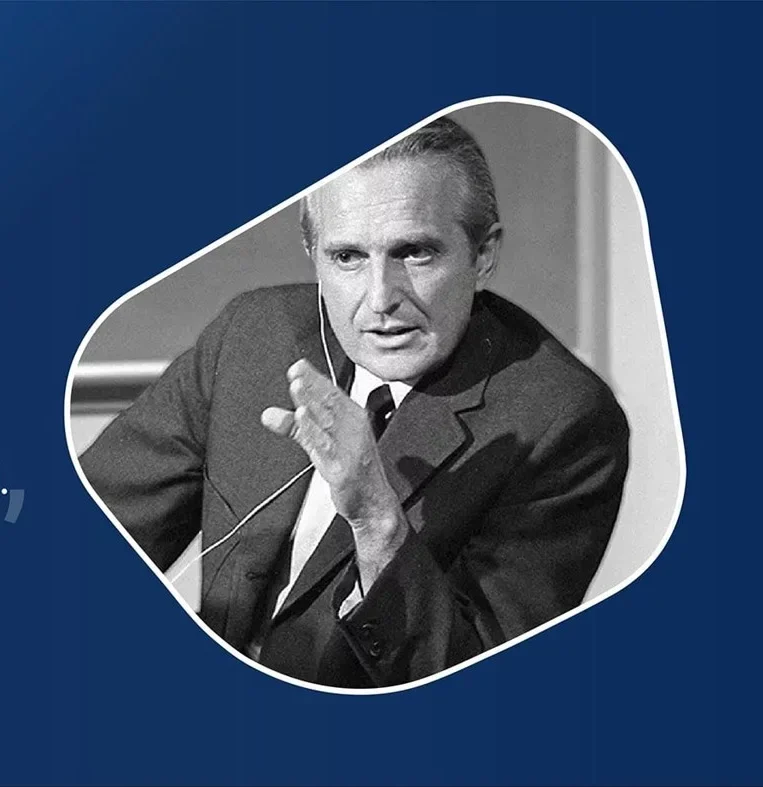
How are you experiencing this article? Are you on your mobile? Ipad? Tablet? Laptop or desktop? Are you navigating our page with your fingertips or a trackpad? Perhaps…a computer mouse?
A shy engineer in 1968, who would later become the inventor of the computer mouse we are all so familiar with, once stood in front of a crowd of engineers in a San Francisco auditorium. With no marketing background, he began to pitch directly to his fellows, with the aim to inspire new ways the computer could be used to solve complex human problems.
Douglas Engelbart was an American engineer, made famous as an early computer and Internet pioneer.
In popular culture, he is best known as the inventor of the computer mouse. In engineering circles, he is honored for his work as the founder of the human–computer interaction feild. His work at the Augmentation Research Center Lab in SRI International resulted in development of hypertext, networked computers, and precursors to graphical user interfaces the development of the basic graphical user interface (GUI), and groupware – ultimately leading to that clickable round device that fits so perfectly in your palm.
His ‘geurilla’ approach to technological development can be found in Boosting Our Collective IQ, by Douglas C. Engelbart, 1995.
Engelbart’s law, “the observation that the intrinsic rate of human performance is exponential,” is named after him.
Engelbart’s career-deciding guiding philosophy, inspired in December 1950 when he was engaged to be married and realized he had no career goals other than “a steady job, getting married, and living happily ever after”, muses:
1. Any serious effort to make the world better would require some kind of organized effort that harnessed the collective human intellect of all people to contribute to effective solutions.
2. If you could dramatically improve how we do that, you’d be boosting every effort on the planet to solve important problems – the sooner the better.
3. Computers could be the vehicle for dramatically improving this capability.
In 1988, Engelbart launched the Bootstrap Institute with his daughter Christina – later known as The Doug Engelbart Institute.
He is inducted as an Internet Hall of Fame Pioneer.
NLS, the “oN-Line System,” was developed by the Augmentation Research Center under Engelbart’s guidance. It demonstrated numerous technologies, most of which are now in widespread use.
In December 2000, United States President Bill Clinton awarded Engelbart the National Medal of Technology, the U.S.’s highest technology award.
From Here on Out…
After his presentation in 1968, Engelbart expected to attract hundreds of engineers eager to join him on this new wave of computing inspiration. He had, after all, introduced word processing, document sharing, version control, hyperlinks, and he’d integrated text, graphics, and video conferencing. He’s the reason we have Zoom! He’d even foreshadowed the internet. He thought the audience members would line up like sardines after his presentation, to ask how they could join his network and help develop his ideas.
Instead, they gave him a standing ovation and left.
Much like our current attitudes, for whatever reason, we miss what we need most even when it is right in front of us.
From here on out, take the example of Engelbart’s auditorium full of clueless engineers, and realise the need to gauge the digital maturity of your organization. You will surely soon reap the benefits of digital transformation.
Sources: Wikipedia, Smithsonian, Britannica

